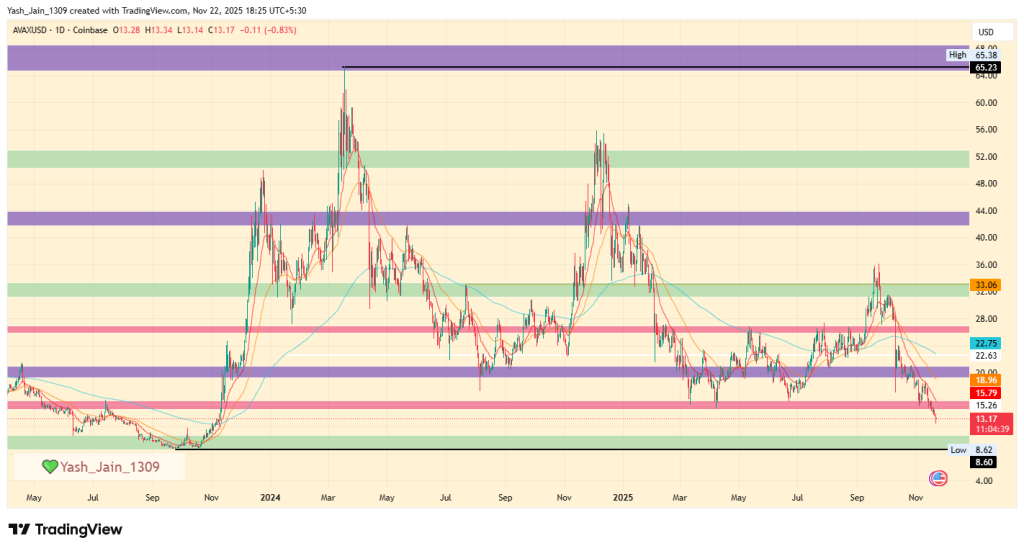The BoJ's Quiet Revolution: How Japan's Monetary Shifts Are Reshaping Global Fixed-Income Markets
- Japan's BoJ exits yield curve control (YCC) in 2024, pushing 10-year JGB yields to 1.59% and 30-year yields to 3.20%, marking a shift toward market-driven pricing. - Global capital reallocation pressures U.S. Treasury yields (up 81bps to 5.15%) and weakens USD/JPY by 1.9%, as Japanese investors rebalance domestic bond holdings. - Investors pivot to equities (14.8% Q2 2025 gain) and hedge against yen volatility, while BoJ's cautious normalization risks fiscal strain amid Japan's 260% debt-to-GDP ratio. -
The Bank of Japan's (BoJ) 2025 recalibration of its bond purchase strategies marks a pivotal moment in global fixed-income markets. For over a decade, the BoJ's ultra-easy monetary policy—characterized by negative interest rates, yield curve control (YCC), and massive quantitative easing—artificially suppressed Japanese Government Bond (JGB) yields. But as inflation outpaced expectations and wage growth accelerated, the BoJ began a deliberate pivot toward normalization. This shift, though gradual, is already reverberating across asset classes, reshaping investor behavior, and forcing a reevaluation of global capital flows.
The BoJ's Exit from YCC: A New Era for JGBs
In March 2024, the BoJ ended its YCC program, which had pinned the 10-year JGB yield near zero. By May 2025, the 10-year JGB yield had surged to 1.59%, while the 30-year JGB yield hit a 17-year high of 3.20%. These levels, once unthinkable in a country synonymous with deflation, reflect the BoJ's willingness to let market forces dictate pricing. The central bank's quarterly quantitative tightening (QT) program—reducing JGB purchases by 400 billion yen—has further accelerated this transition. By March 2026, the BoJ aims to halve its monthly JGB purchases to 3 trillion yen, effectively ceding its role as the dominant buyer in the JGB market.
This normalization has been driven by structural shifts in Japan's economy. Core inflation (excluding food and energy) surpassed the BoJ's 2% target, while wage growth, fueled by labor shortages, has created a virtuous cycle of demand and pricing power. However, the BoJ's exit from YCC has also exposed vulnerabilities. Japanese life insurers, historically the largest holders of long-duration bonds, have been compelled to reduce JGB holdings due to Solvency II-style regulations and demographic shifts. In Q1 2025 alone, life insurers cut JGB holdings by 1.35 trillion yen, exacerbating upward pressure on yields.
Global Capital Reallocation: Winners and Losers
The BoJ's normalization has triggered a seismic shift in global capital flows. Japanese investors, long participants in the yen carry trade, are now reallocating capital back into domestic bonds. This shift has tightened global bond markets, with U.S. Treasury yields climbing 81 basis points to 5.15% in May 2025. The narrowing yield spread between U.S. Treasuries and JGBs has also pressured the USD/JPY exchange rate, which fell 1.9% in the same period as the yen strengthened.
For U.S. investors, the interplay between Japan's tightening and the Federal Reserve's potential easing creates a complex landscape. Treasury Secretary Scott Bessent's advocacy for aggressive rate cuts contrasts with the BoJ's cautious normalization, heightening volatility. Investors are advised to hedge against policy divergence by diversifying duration exposure—pairing U.S. Treasuries with inflation-linked bonds (TIPS) or shorter-duration assets.
European markets face similar pressures. Japan's $1.13 trillion in U.S. Treasury holdings means reduced demand for foreign assets could push U.S. yields higher, while European bond markets may see renewed pressure as Japanese capital shifts. The European Central Bank (ECB) could be forced to accelerate rate hikes, compounding challenges for economies already grappling with inflation and fiscal deficits.
Investor Behavior: Hedging and Rebalancing
The BoJ's normalization has also reshaped investor behavior. Japanese investors, once reliant on the BoJ's interventions, are now shifting capital toward equities, commodities, and real assets. Japanese equities surged 14.8% in Q2 2025, with sectors like AI, semiconductors, and corporate reform-driven industries attracting inflows. This reallocation reflects a broader trend: investors are prioritizing yield and growth over safety, even as fiscal risks loom.
For global investors, the key takeaway is to monitor BoJ policy signals closely. The central bank's quarterly bond purchase schedules and inflation forecasts are critical indicators. For instance, the BoJ's revised core CPI forecast of 2.4% for FY25—up 0.5% from October—signals a prolonged normalization path. Investors should also hedge against yen volatility, which could impact trade-dependent economies and equity markets. Strategies such as yen call options and currency forwards are gaining traction.
Policy Uncertainty and the Road Ahead
The BoJ's normalization path remains clouded by political and fiscal uncertainties. With Japan's Upper House elections in July 2025, Prime Minister Shigeru Ishiba's resistance to tax cuts contrasts with opposition calls for increased public spending. This tension could delay fiscal reforms, prolonging the BoJ's role as a market stabilizer. The July 2025 JGB auction will be a critical test of market confidence in Japan's fiscal strategy.
In the long term, the BoJ's cautious approach—raising rates every six months to a terminal range of 1.0%-2.5%—suggests a measured normalization. However, the risks of rapid yield increases and fiscal strain (with Japan's debt-to-GDP ratio exceeding 260%) remain. Investors must balance the allure of higher JGB yields with the potential for policy interventions if market volatility escalates.
Conclusion: Navigating the New Normal
The BoJ's evolving bond purchase strategies are reshaping global fixed-income markets, forcing investors to adapt to a new paradigm of yield normalization and capital reallocation. While the immediate outlook for JGBs is bearish, the long-term potential for a steepened yield curve and inflation-linked returns offers opportunities for those who can navigate the volatility. For investors, the key is to remain agile: hedge against currency risks, diversify duration exposure, and stay attuned to policy shifts. In this new era, the BoJ's influence on global markets is no longer a quiet revolution—it's a defining force.
Disclaimer: The content of this article solely reflects the author's opinion and does not represent the platform in any capacity. This article is not intended to serve as a reference for making investment decisions.
You may also like
Bitcoin Faces Intensifying Sell-Off as ETF Outflows and Leverage Unwinds Pressure Markets

Solana ETF Hit 18-Day Inflow Streak

Avalanche Price Prediction 2025, 2026 – 2030: Will AVAX Price Hit $100?

PEPE Price Prediction 2025, 2026 – 2030: Can Pepe Memecoin Reach 1 Cent?
